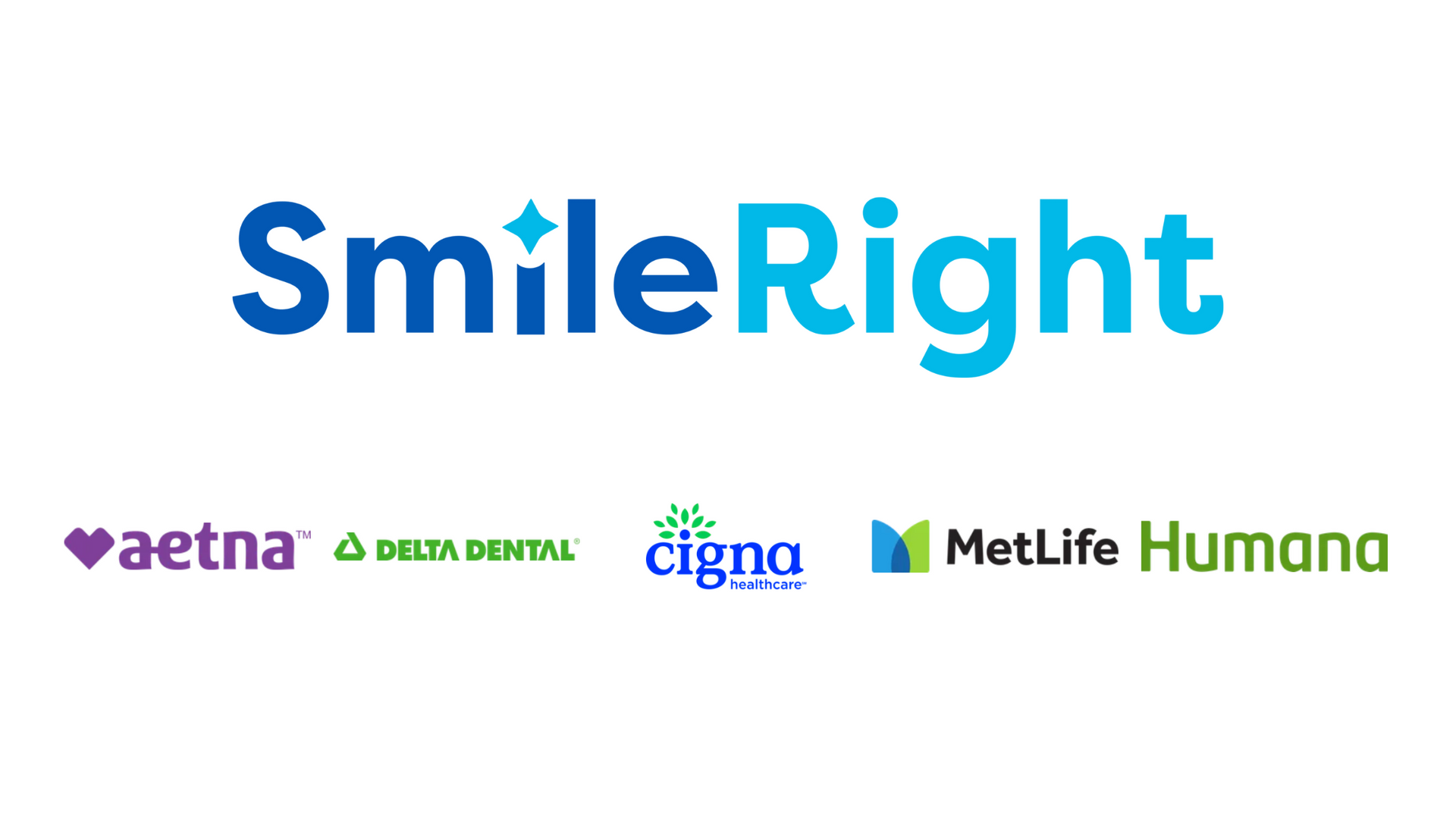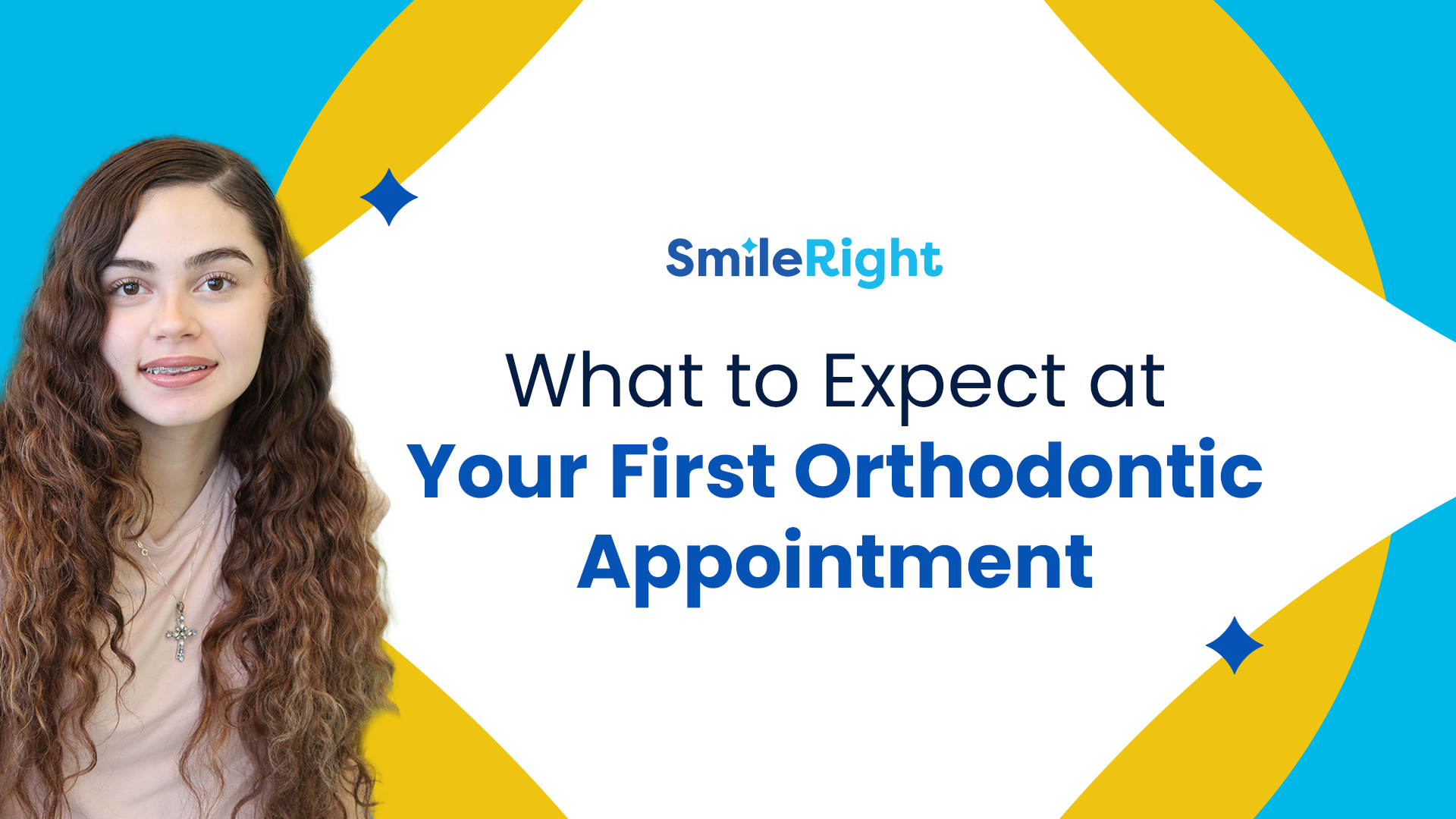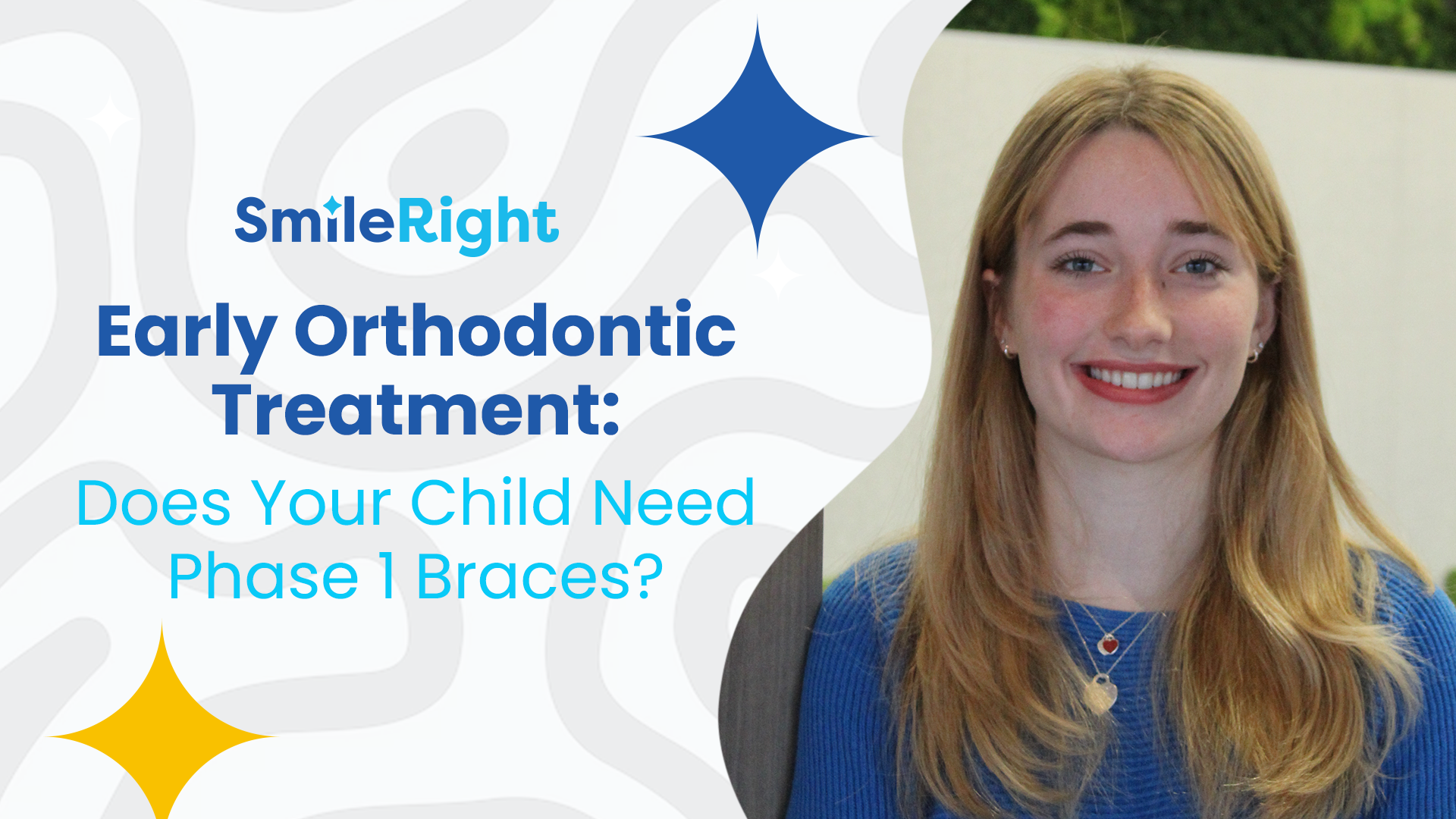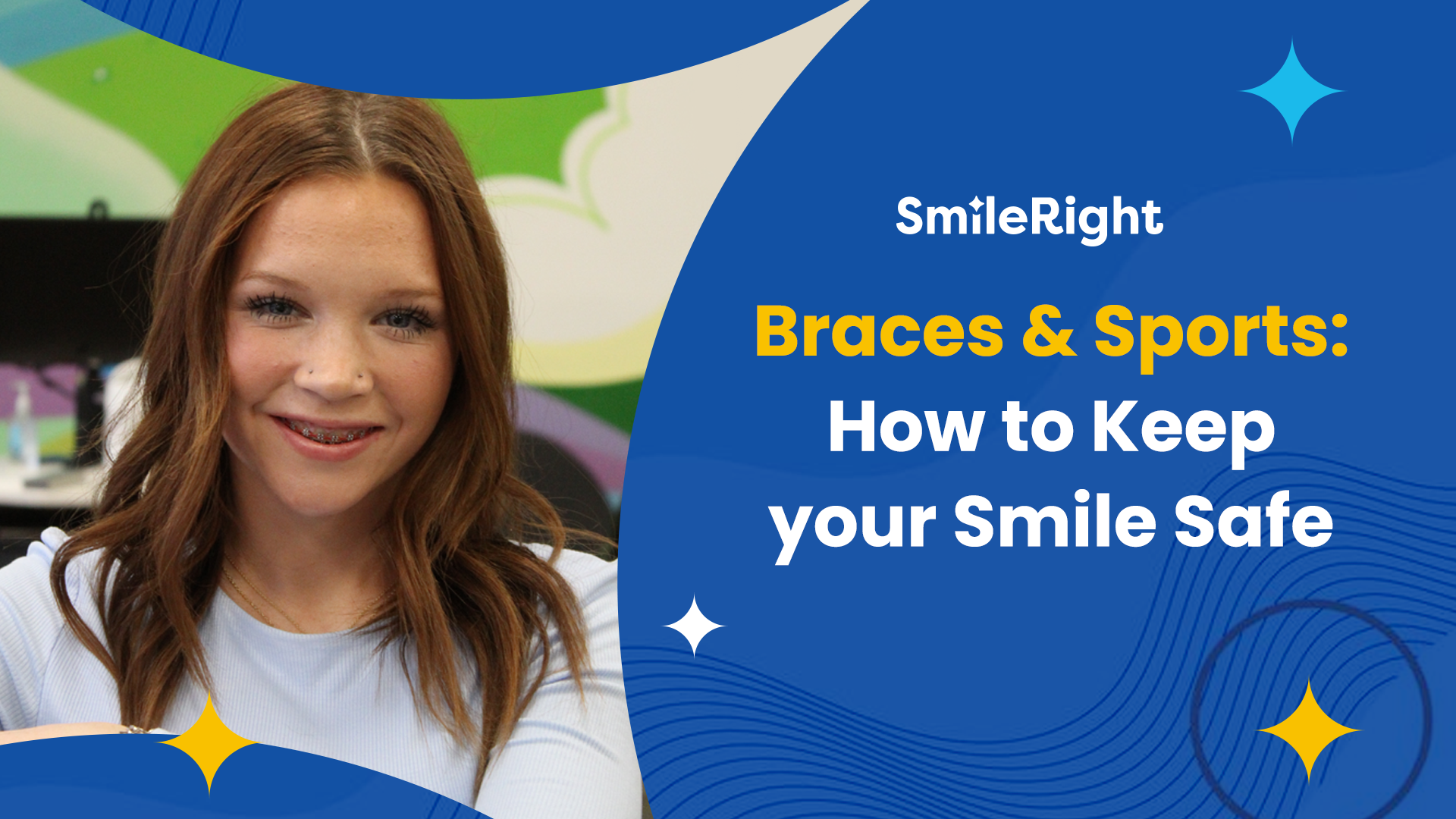The Cost of Metal Braces: What to Expect and How to Save at SmileRight

Source: Dr. Marketing
If you are considering orthodontic treatment, the cost of metal braces is likely one of your top concerns. At SmileRight in Houston, Texas, we understand the importance of providing high-quality care at an affordable price. That is why we offer same-day metal braces for just $2,998, helping patients achieve a straighter smile without breaking the bank.
Our team explores the typical cost of metal braces, explore factors that affect pricing, and provide tips on how to make treatment more affordable through financing options, insurance coverage, and other savings opportunities in this blog post.
The Cost of Metal Braces: What Is Included?

The overall cost of metal braces can vary depending on the complexity of your case and where you seek treatment. At SmileRight, we offer an all-inclusive $2,998 package for same-day metal braces. This competitive price covers many aspects of your orthodontic treatment, including:
- Initial Consultation and Exam: We begin by assessing your unique orthodontic needs and discussing your treatment plan.
- X-Rays and Imaging: Diagnostic tools are essential for creating a customized plan to ensure your teeth move in the right direction.
- Fitting and Placement of Braces: Our team will apply the metal braces on the same day of your visit, allowing you to begin treatment immediately.
- Follow-Up Adjustments: Periodic visits are necessary to adjust your braces, ensuring steady progress throughout your treatment.
- Retainer: After your braces are removed, you'll receive a retainer to maintain your newly straightened smile.
At SmileRight, our goal is to offer transparent pricing so that there are no surprises along the way. This means you’ll know upfront what’s included in your treatment plan, helping you plan for the future.
Factors That Affect the Cost of Metal Braces

While SmileRight offers a set price for same-day metal braces, it's helpful to understand what factors typically influence the cost of braces in general. These factors may vary based on individual needs, case complexity, and the duration of treatment.
- Severity of Misalignment: The more complex the misalignment or bite issue, the longer the treatment time, which can affect the overall cost. Simple cases may require less time and fewer adjustments, while more complex cases can take longer to correct.
- Length of Treatment: The average time patients wear metal braces is between 18 and 24 months. However, treatment can vary from person to person. Longer treatment may result in additional follow-up visits, which could influence the total cost of care.
- Additional Appliances: In some cases, orthodontic treatment may require additional appliances like rubber bands, spacers, or expanders. These devices help correct bite issues but can add to the overall cost of treatment.
- Location: Orthodontic treatment costs can vary depending on the location of the practice. In larger cities or areas with higher living costs, braces tend to be more expensive. Fortunately, SmileRight offers one of the best rates in Houston for same-day metal braces.
Financing Options for Metal Braces

At SmileRight, we believe that everyone deserves access to a confident, healthy smile, which is why we offer flexible financing options to make your orthodontic treatment more affordable. For patients who prefer to pay over time, we offer interest-free financing plans. These plans allow you to spread out the cost of your braces into manageable monthly payments. Our team will work with you to create a plan that fits your budget.
Insurance Coverage for Metal Braces

Many dental insurance plans include coverage for orthodontic treatment, which can significantly reduce the out-of-pocket cost of metal braces. At SmileRight, we accept most major dental insurance plans, and our team will help you navigate your benefits to maximize your savings.
What to Know About Insurance
- Coverage Limits: Dental insurance policies often have a lifetime maximum for orthodontic treatment, typically ranging between $1,000 and $3,000. If your insurance plan includes orthodontic coverage, it may cover a portion of the cost, and you’ll only be responsible for the remaining balance.
- Pre-Treatment Authorizations: Before beginning treatment, it is important to verify your orthodontic benefits with your insurance provider. Our team at SmileRight can assist in obtaining pre-treatment authorization to determine how much of the cost will be covered by your insurance plan.
- Flexible Spending Accounts (FSA): If your employer offers an FSA or Health Savings Account (HSA), you can use these funds to cover your braces treatment. Since contributions to these accounts are pre-tax, using them for orthodontic care can help you save on overall costs.
Ways to Save on Metal Braces

At SmileRight, we understand that cost is a major factor for many patients. We provide free initial consultations, allowing you to explore your treatment options without any financial obligation. During your visit, we’ll present a comprehensive overview of your treatment plan and discuss available payment options. In addition, we regularly offer exclusive discounts and promotions for new patients. Be sure to inquire with our team about any current offers that could help lower your treatment expenses.
Why Choose SmileRight for Your Metal Braces in Houston?

At SmileRight, we are committed to providing affordable, high-quality orthodontic care for patients in Houston and the surrounding areas. Our same-day metal braces for just $2,998 make it easier than ever to begin your journey to a straighter, healthier smile.
Here is why patients choose SmileRight
- Affordable, Transparent Pricing: Our all-inclusive price of $2,998 ensures you know exactly what to expect, with no hidden fees.
- Flexible Financing: We offer flexible payment plans and financing options to fit your budget.
- Experienced Orthodontic Team: Our team is highly trained and experienced in providing exceptional care with metal braces.
- Convenient Location: Located in Houston on Tomball Parkway, our office is easily accessible, making it convenient to start treatment as soon as you are ready.
Ready to start your smile transformation with affordable metal braces? Contact SmileRight today at (281) 699-0234 or visit us online to book your free consultation. Let’s get started on the path to your perfect smile with same-day braces for just $2,998!




